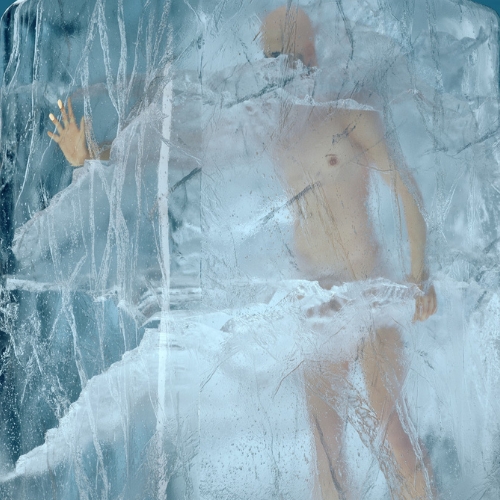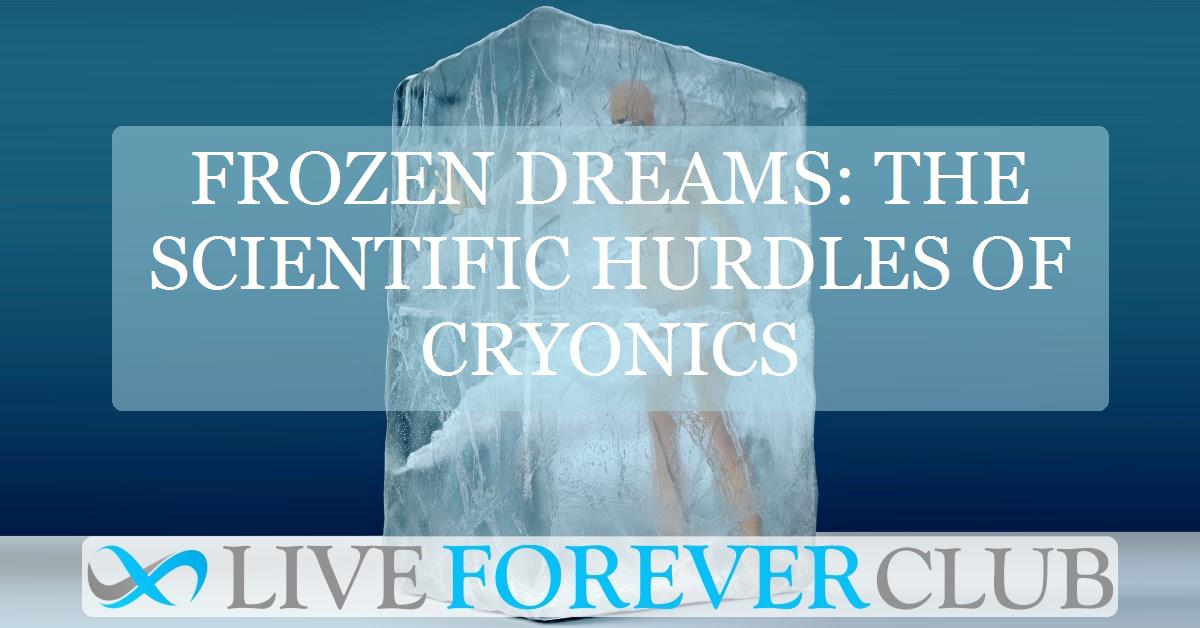Key points from article :
Cryonics – the process of freezing and preserving human bodies or brains in hopes of future revival – is gaining renewed interest, particularly in uncertain times. The idea is tempting: a kind of sci-fi “pause button” on death, allowing people to be brought back to life when medical science has caught up. However, the science behind cryonics is still riddled with fundamental problems that make it more a dream than a viable future option.
The central issue is that freezing a human body, especially a living one, is inherently fatal. Water inside our cells forms damaging ice crystals when frozen, disrupting delicate tissues – just as a thawed strawberry becomes mushy. Cryoprotectants can help reduce this damage, but they can also be toxic in large enough quantities to protect an entire human body or brain. Moreover, living organisms, particularly humans, are incredibly complex systems that cannot be simply paused and restarted without severe biological consequences.
The brain poses an even bigger challenge. Neurons are uniquely sensitive and metabolically demanding, and once frozen, they suffer damage that is extremely difficult to reverse. Memories, identity, and consciousness rely on the exact arrangement of trillions of microscopic neuronal connections. Even with future advances, reconstructing a person’s mind without a complete molecular map would be nearly impossible—like trying to rewrite a novel from its ashes.
Ultimately, cryonics is underpinned more by hope than science. While optimism about future medical advances is not inherently misguided, placing one's entire existence on a technology that currently cannot preserve or restore the brain without severe damage is a considerable—and questionable—leap of faith.




